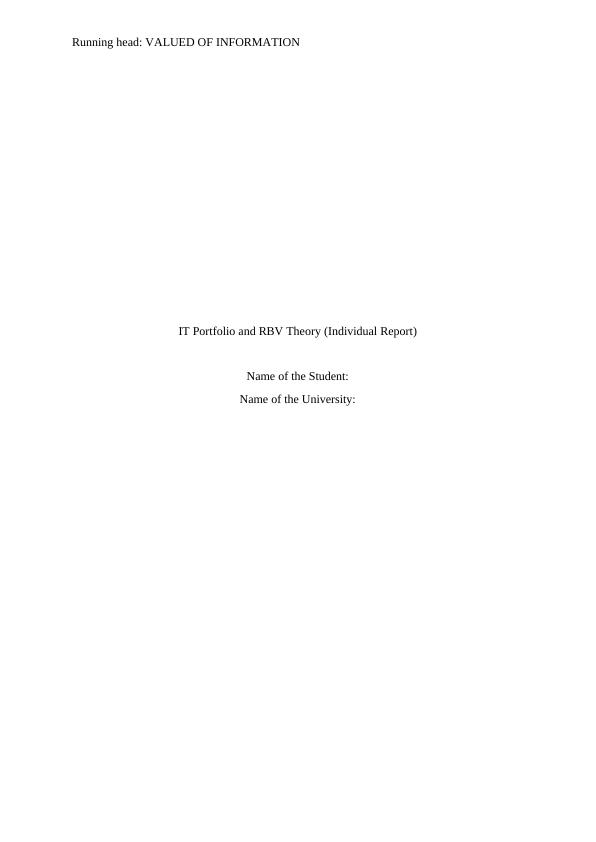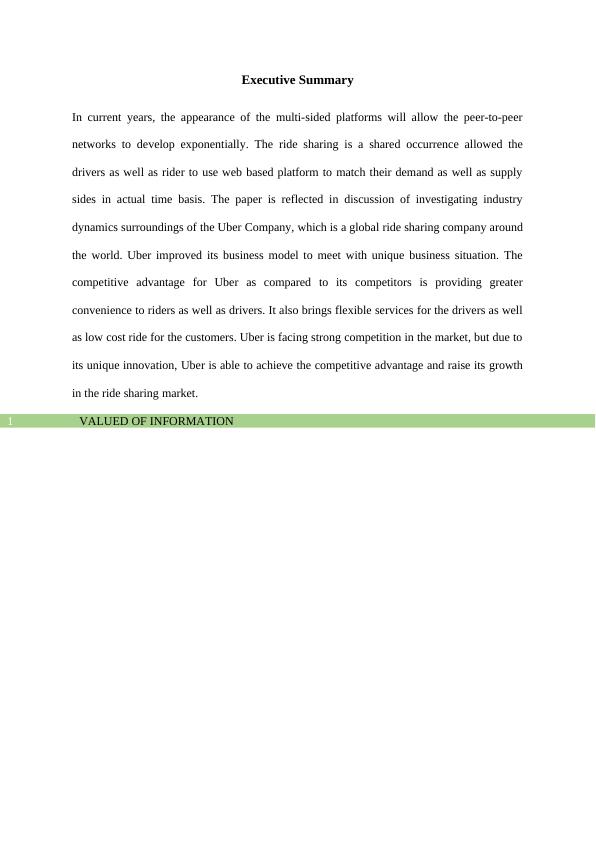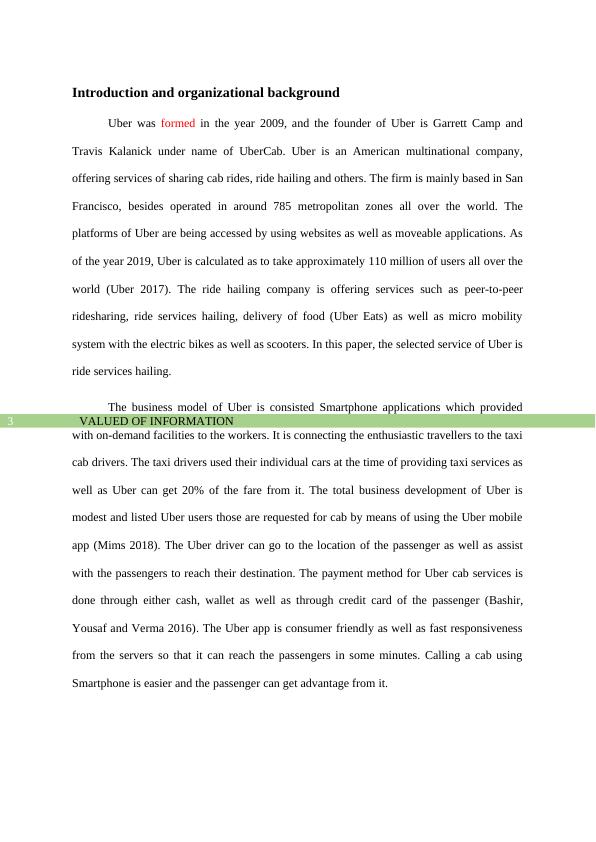IT Portfolio and RBV Theory | Individual Report
Analyzing the competitive advantage and sustainable competitive advantage of Nettavisen using IT Portfolio theory and RBV.
13 Pages2993 Words26 Views
Added on 2022-09-09
IT Portfolio and RBV Theory | Individual Report
Analyzing the competitive advantage and sustainable competitive advantage of Nettavisen using IT Portfolio theory and RBV.
Added on 2022-09-09
ShareRelated Documents
End of preview
Want to access all the pages? Upload your documents or become a member.
Uber Eats and its Contribution to Business Sales: A Literature Review
|17
|4286
|220
(PDF) The Evolution of Urban Transport
|9
|2754
|38
Layers of Intangibles Across Intelligent Learning Ecosystems
|11
|2187
|30
UBER: Marketing Mix, Differentiation, and Competitive Advantage
|18
|5854
|382
Challenges and Marketing Strategy of Uber
|9
|2258
|400
Contemporary Business Ethics: Case Study of Uber - Analyzing Ethical Issues and Recommendations
|8
|2252
|149




